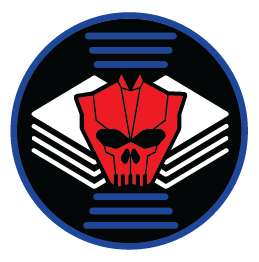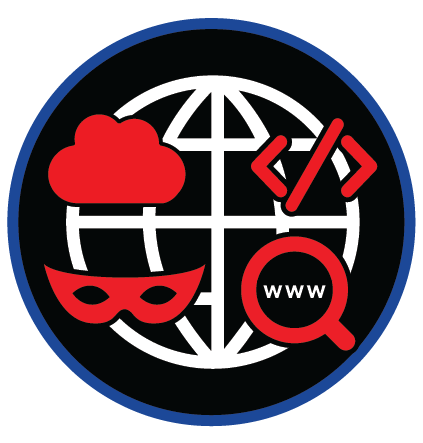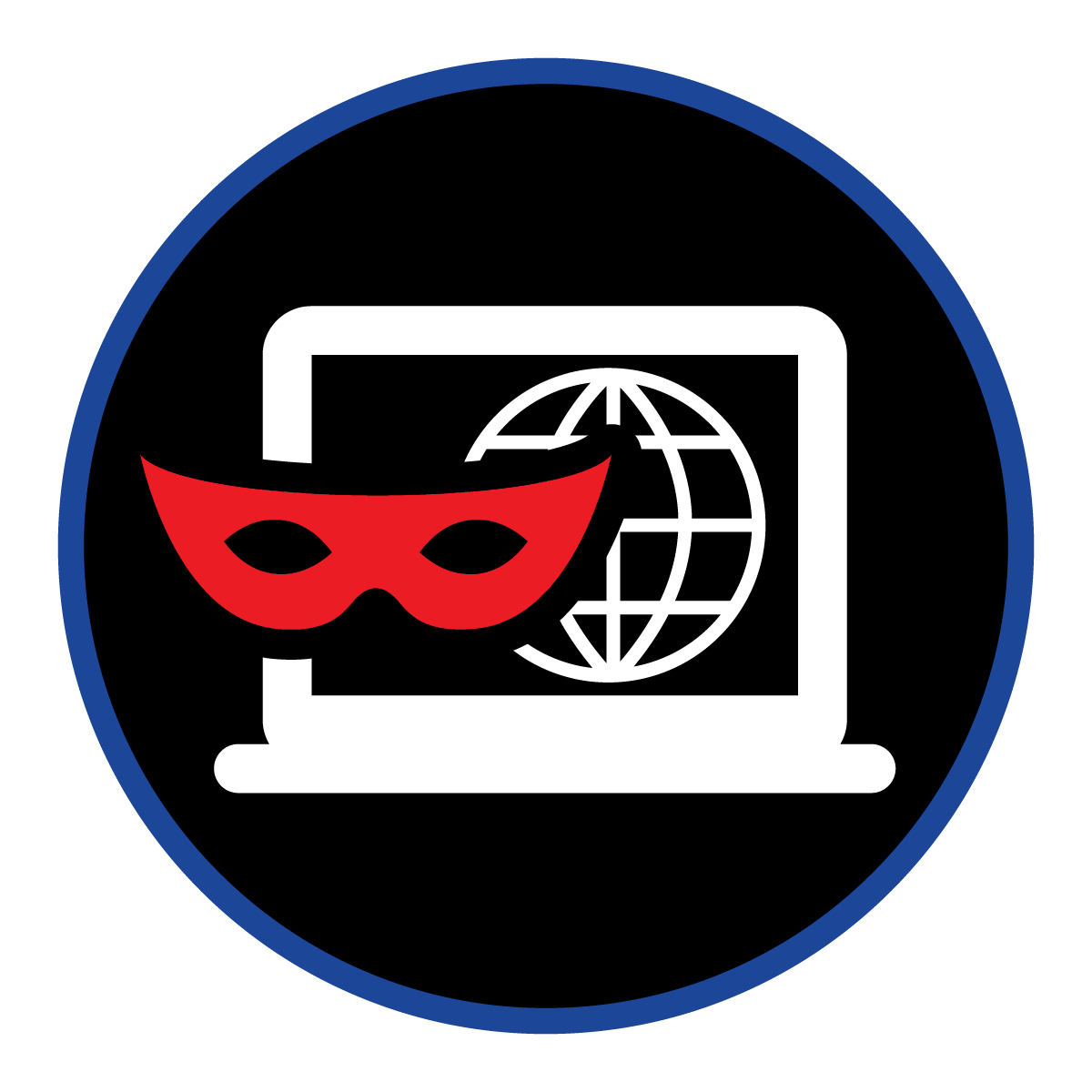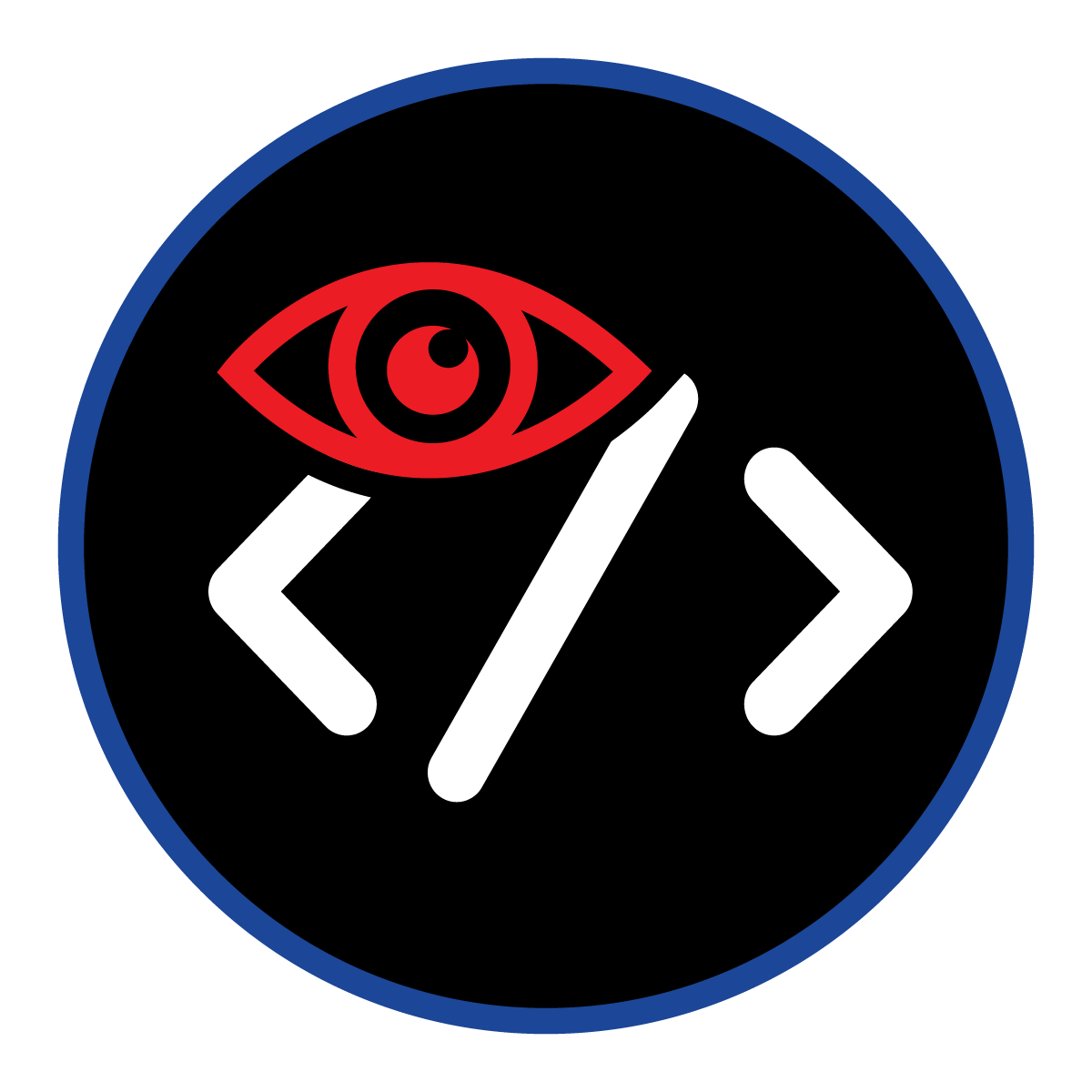
Software Patching
Security Ratings
Breach and Ransomware Susceptibility Score
Cyber Risk Exposure Score
Cloud and SaaS Exposure Investigation Module
Dark Web Presence Investigation Module
Domain Intelligence Investigation Module
Sensitive Code Exposure Investigation Module
In security ratings, a Software Patching rating refers to assessing or evaluating how effectively and promptly a software system or application is updated with patches and security fixes. A patch is a piece of code designed to address vulnerabilities or bugs in software, and patching involves applying these updates to the software to enhance its security and stability.
The Software Patching rating measures the organization's or software vendor's ability to release and deploy patches on time. It considers factors such as the frequency of patch releases, the speed at which patches are developed and distributed, and the overall efficiency of the patching process. This rating helps determine the software's resilience against known vulnerabilities and the vendor's commitment to promptly addressing security issues.
Security ratings often consider factors beyond just patching, such as the severity of vulnerabilities addressed, the scope of the software's deployment, and the organization's overall security practices.
ThreatNG Security Ratings integrates external attack surface management, digital risk protection capabilities, domain intelligence, dark web presence discovery and assessment, breach and ransomware susceptibility inspection, and cyber risk exposure analysis for enhancing the fidelity and validity of a Software Patching rating in several ways:
Comprehensive Vulnerability Assessment: By incorporating external attack surface management and digital risk protection capabilities, the security ratings solution can thoroughly assess an organization's digital assets, including its software applications. It can externally identify the vulnerabilities and weaknesses in the software, providing a more accurate understanding of the overall security posture.
Domain Intelligence and Dark Web Presence: Including domain intelligence and dark web presence discovery allows the security ratings solution to gather information about potential exposures or compromises related to the organization's software. This helps identify any leaked or compromised software patches that may pose a significant security risk to the organization. Considering these factors, the software patching rating becomes more comprehensive and insightful.
Breach and Ransomware Susceptibility: Deeper inspection for breach and ransomware susceptibility further enhances the software patching rating. This analysis evaluates the software's resilience against breaches and ransomware attacks, considering factors such as the effectiveness and timeliness of patch applications. It provides a more precise assessment of the software's vulnerability to these threats, giving organizations a clearer picture of their security effectiveness.
Cyber Risk Exposure Analysis: The security ratings solution can also assess the organization's overall cyber risk exposure, which includes evaluating the software patching practices. By considering the software's patching status as part of a broader risk analysis, the rating becomes more meaningful and aligned with the organization's overall risk management strategy.
By incorporating these additional capabilities, a security ratings solution like ThreatNG provides a more comprehensive and holistic view of software patching. It enables organizations to evaluate their patching practices in the context of external threats, digital risks, breach susceptibility, and overall cyber risk exposure. This increased fidelity and validity of the software patching rating can assist organizations in making informed decisions to improve their security posture and reduce the likelihood of successful attacks.








